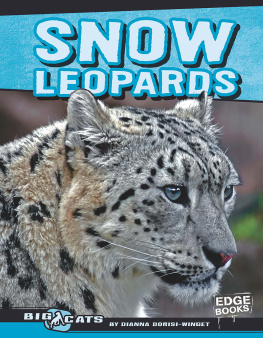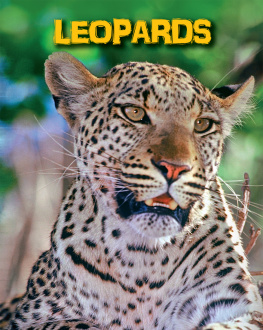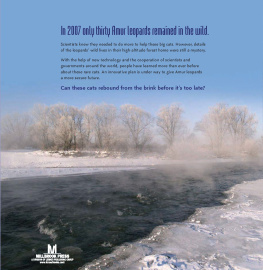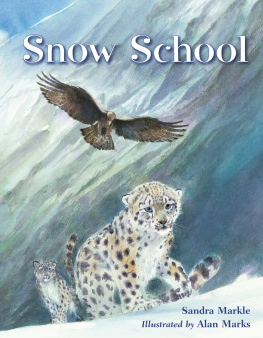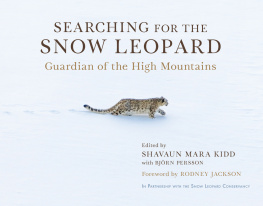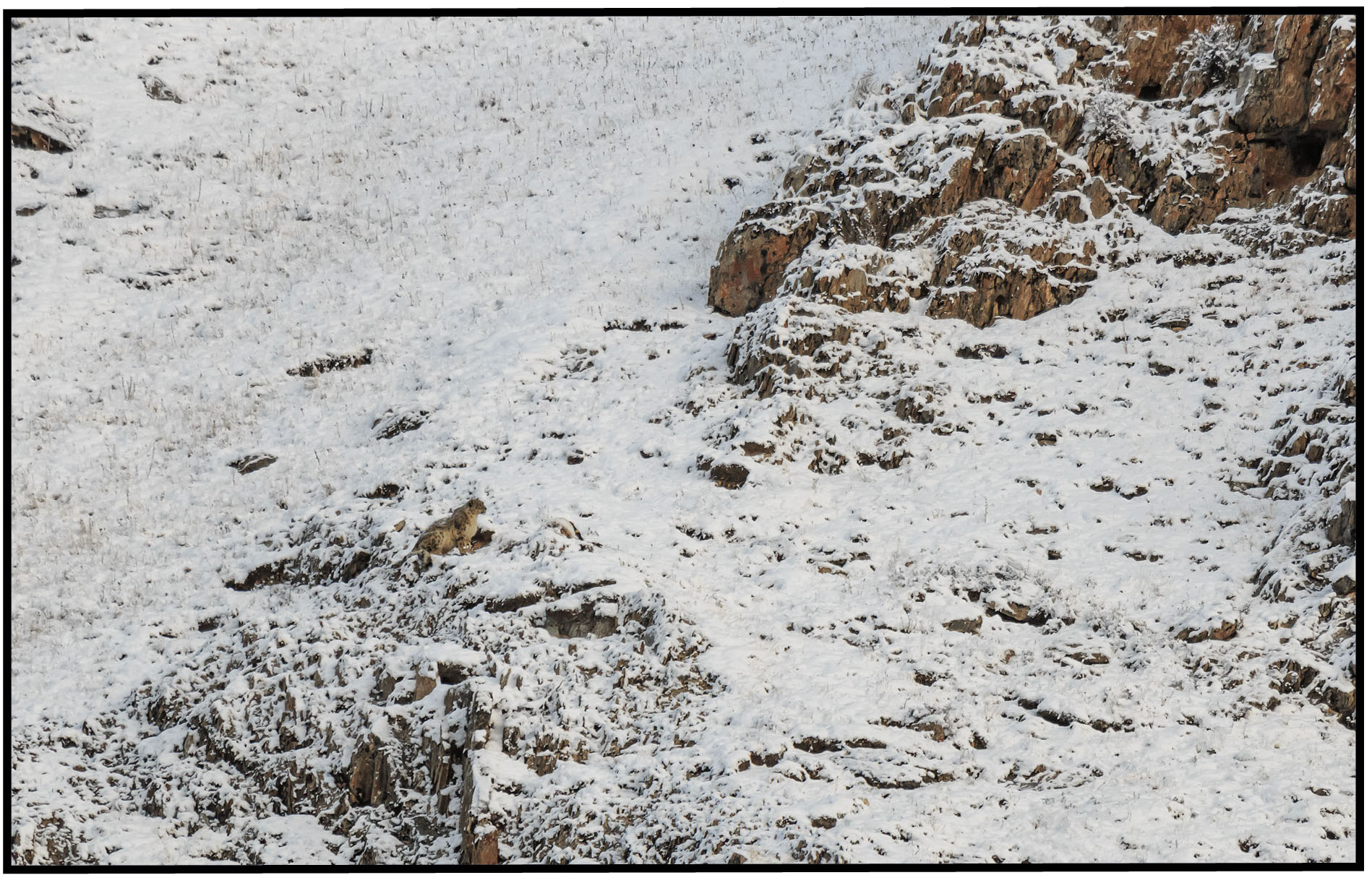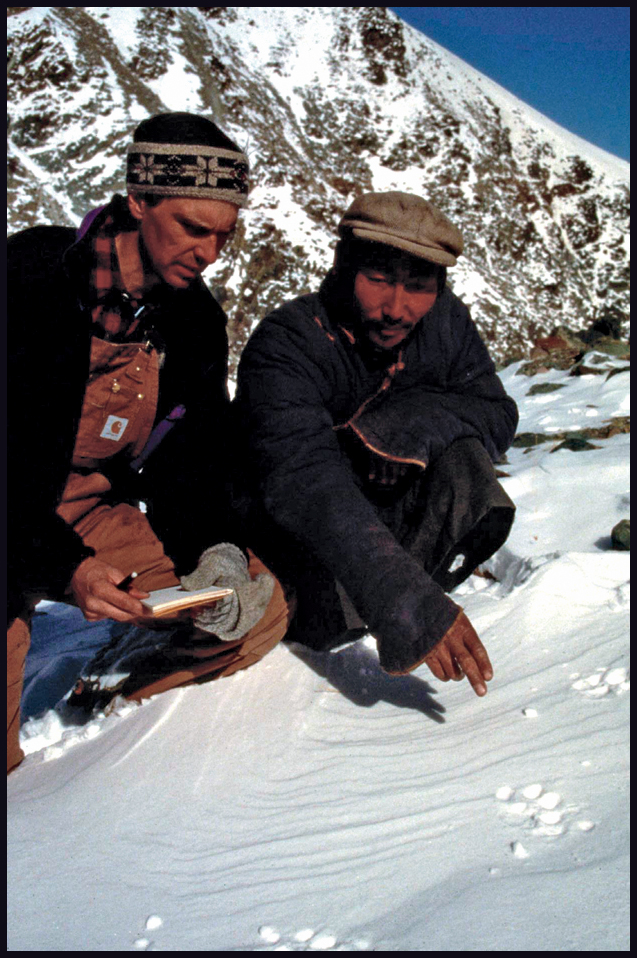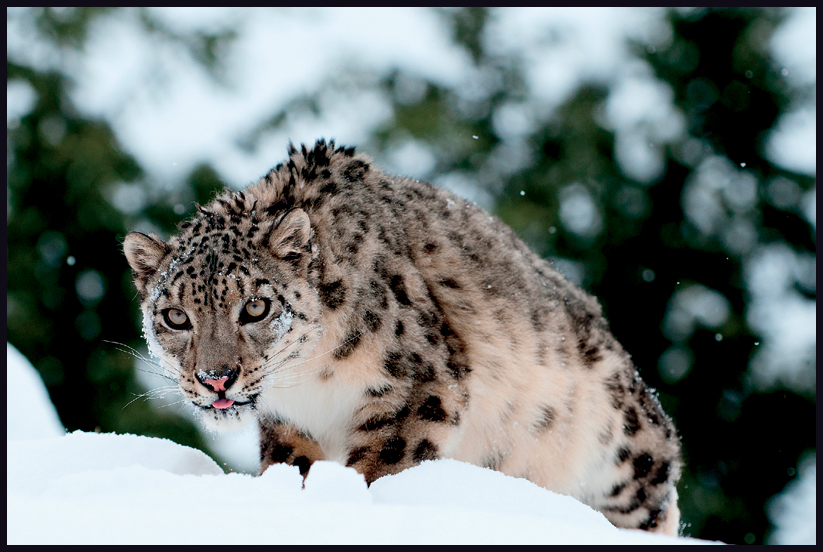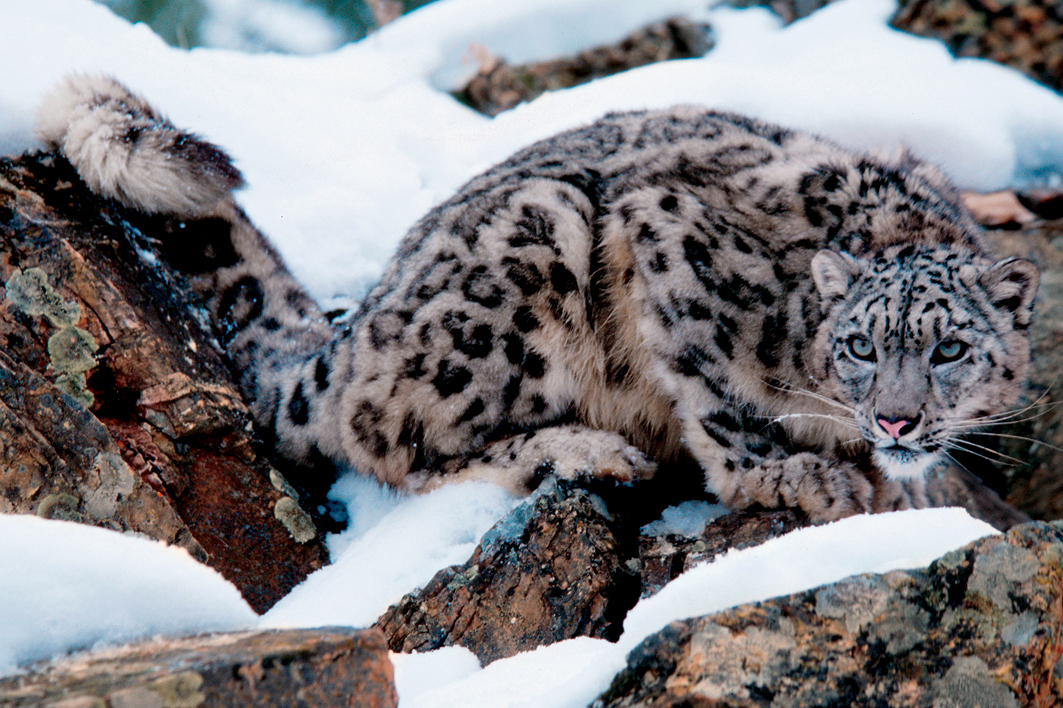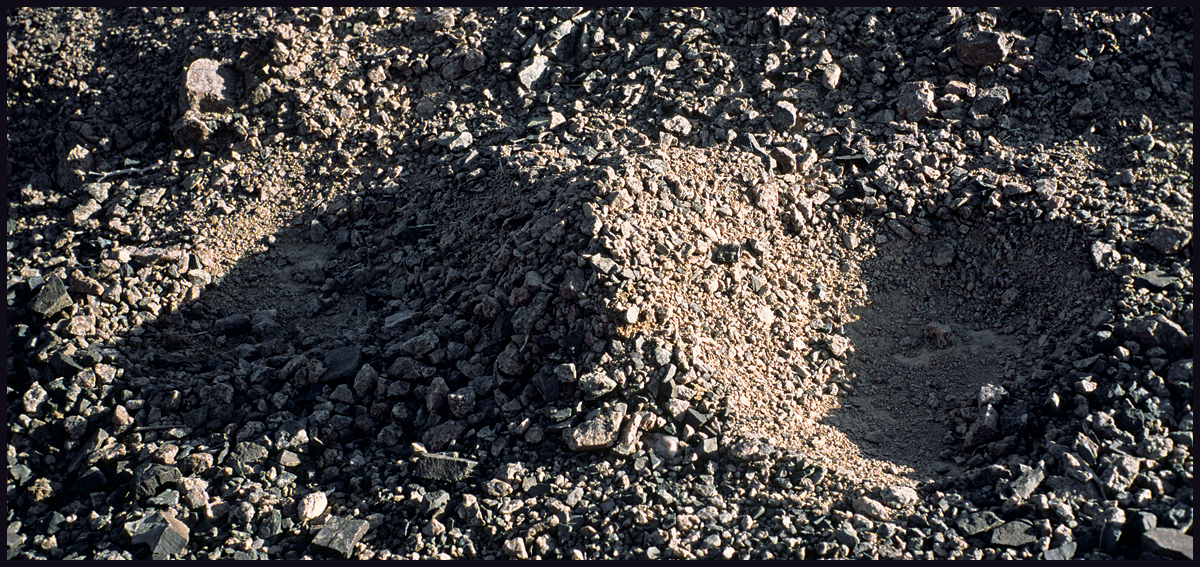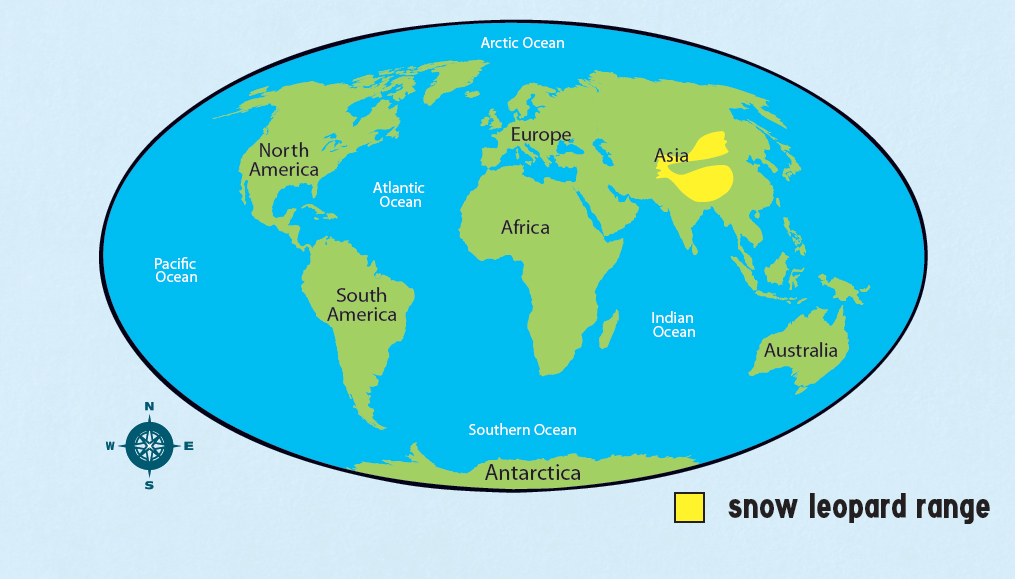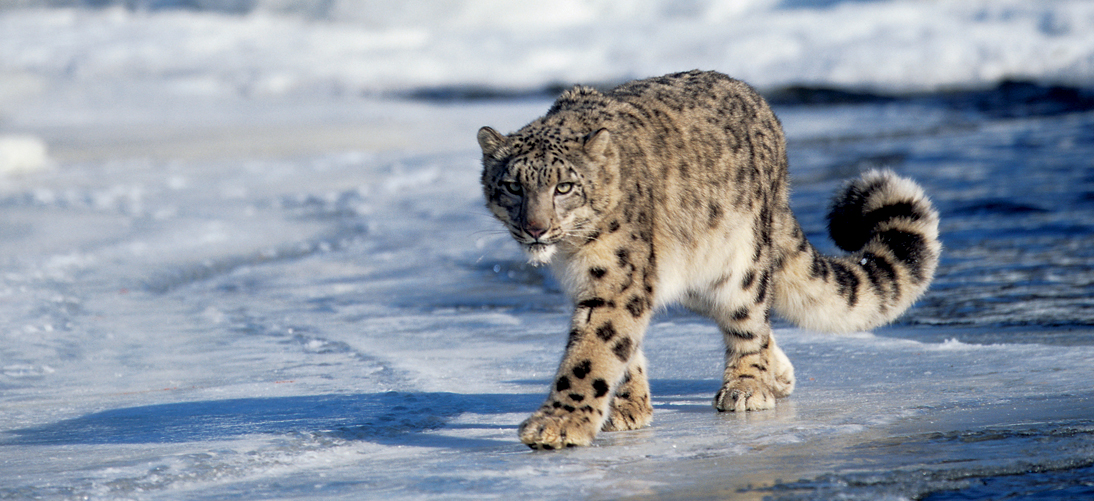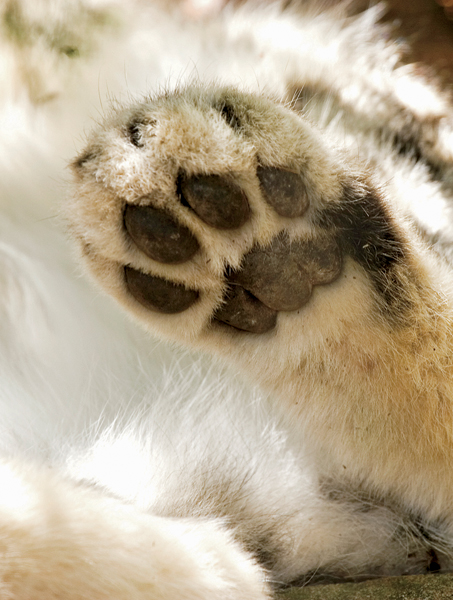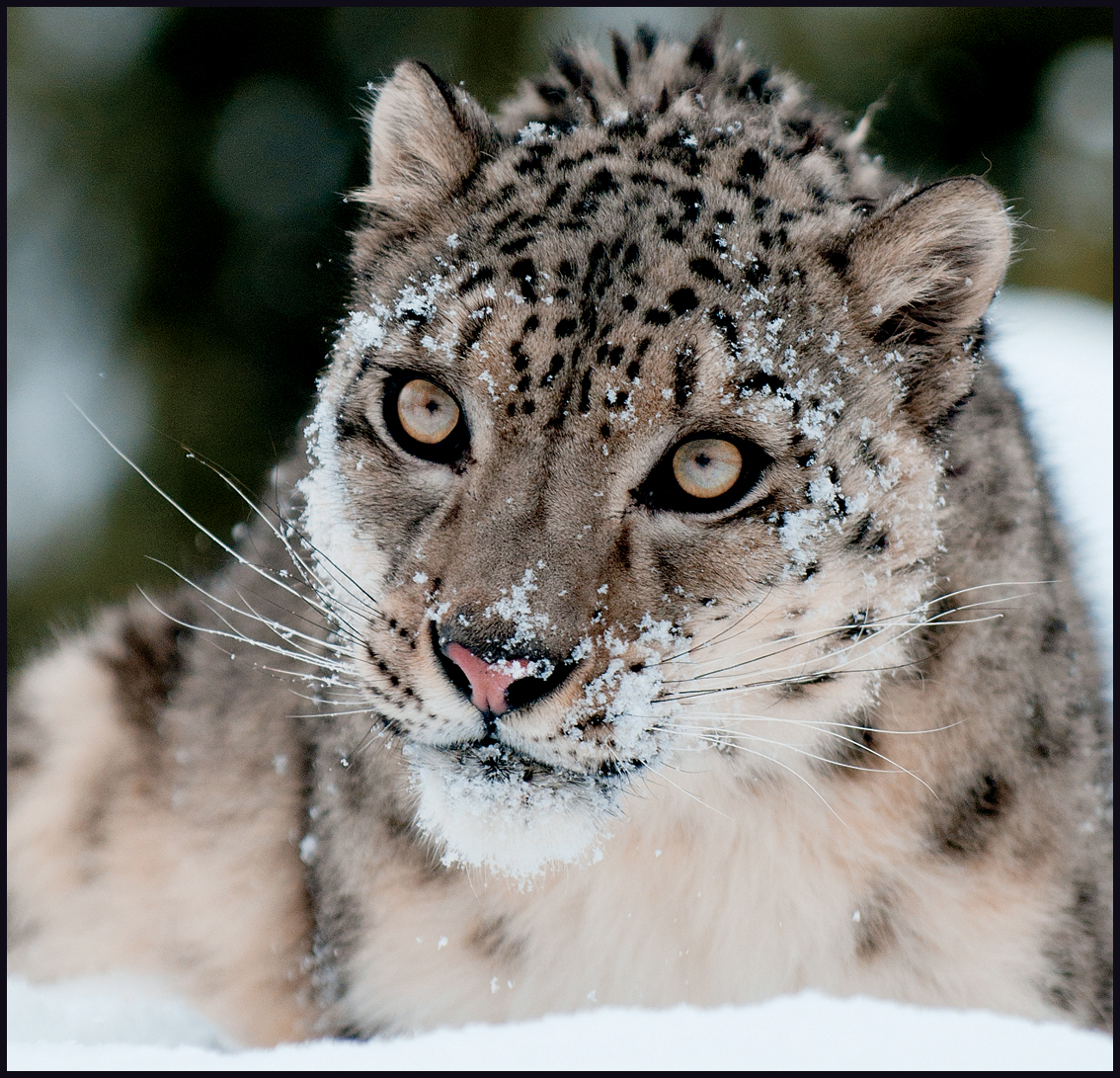Magellan, Marta.Those Colossal Cats. Those Amazing Animals. Sarasota, Fla.: PineapplePress, 2009.
Montgomery, Sy.Saving the Ghost of the Mountain: An Expedition among Snow Leopardsin Mongolia. Scientists in the Field. Boston: Houghton Mifflin Books for Children,2009.
Turner, Pamela S.A Life in the Wild: George Schallers Struggle to Save the LastGreat Beasts. New York: Farrar, Straus, and Giroux, 2008.
FactHound offers a safe, fun way to find Internet sites related to this book. All of the sites on FactHound have been researched by our staff.
Heres all you do:
Visit www.facthound.com
Type in this code: 9781429676458

Two scientists stood on a bitterly cold mountain slope in Mongolia, a country in Asia. They scanned the opposite mountain ridge with binoculars. The steady beeping of a snow leopards radio collar told them the big cat was very near. Why couldnt they spot this big ? All they could see was swirling snow and foggy cliffs.
Big Cat Fact
Snow leopards make a lot of sounds. They may hiss, meow, growl, and make other noises. However, they cant roar.
predator an animal that hunts other animals for food
After scanning the slope a long time, the frustrated scientists gave up. The beeping from the cats collar had grown silent. Once again the big cat, known as the ghost of the mountain, had somehow escaped without being seen.
Hiding from People
People have a big effect on how snow leopards live. In general, snow leopards are most active around sunrise and sunset. In areas where there are few people, snow leopards may be active during the day too. In places where there are many people, snow leopards may be most active at night. The big cats try to avoid any contact with people.
BIG BUT ALMOST INVISIBLE
Snow leopards are big cats. An adult snow leopard weighs between 60 and 120 pounds (27 and 54 kilograms). It stands about 2 feet (0.6 meter) tall at the shoulder. It stretches 6 to 7.5 feet (1.8 to 2.3 m) from its head to the base of its tail.
Big Cat Fact
Snow leopards have the longest tails of any cats. A snow leopards tail is about as long as its body.
Size Comparison Chart
 | The average height of an American male is 5 feet, 10 inches (178 centimeters). |
A snow leopards markings make it almost invisible in its snowy mountain . Most of its body is covered with gray-yellow fur. Its stomach, chest, and chin are creamy white. This coloring allows a snow leopard to blend in against the misty clouds and snow. A snow leopards big, dark spots help it disappear among shady rock cliffs. Even animal herders who share the snow leopards mountain home rarely see the big cats.
habitat the natural place and conditions in which an animal or plant lives
Big Cat Fact
Snow leopards often spend several days in the same area, but they can cover hundreds of miles in a week.
LEAVING CLUES
Signs of snow leopards are almost as hard to find as the big cats themselves. To figure out how many of the big cats live in a certain area, scientists look for tracks and . Scientists also look for urine marks sprayed on rocks. A snow leopard may spray urine on rocks near nose level so other snow leopards can easily smell their markings. The smell lets other snow leopards know the territory is taken.
scat animal droppings
a snow leopard scrape
Big Cat Fact
Scientists also search for scrapes the animals make to mark their territories. To make a scrape, a snow leopard digs at the ground with its back legs. It creates small dips and a mound.
Snow leopards live in snowy mountainous regions in Central Asia. Scientists believe that only 3,500 to 7,000 snow leopards are living in the wild. Another 600 to 700 live in zoos.
KEEPING WARM
Snow leopards spend most of their lives high in the mountains at heights of between 9,000 and 19,700 feet (2,743 and 6,005 m). At these heights, snow leopards face short summers and long, harsh winters. During late autumn, snow begins to fall, and a snow leopards fur coat grows up to 5 inches (12.7 centimeters) long. A snow leopards long, thick fur helps it survive cold temperatures.
Deep snow poses no problem for these big cats either. A snow leopards large, broad paws act like snowshoes and help it walk on top of snowdrifts. Long fur between a snow leopards toes helps protect its feet from the cold snow. A snow leopard also uses its thick, bushy tail for warmth. The big cat wraps its tail around its face and body like a scarf.
Snow leopards are well adapted to the cold. But winter is still a tough time. Food is scarce. During this season, snow leopards are most likely to attack livestock.

